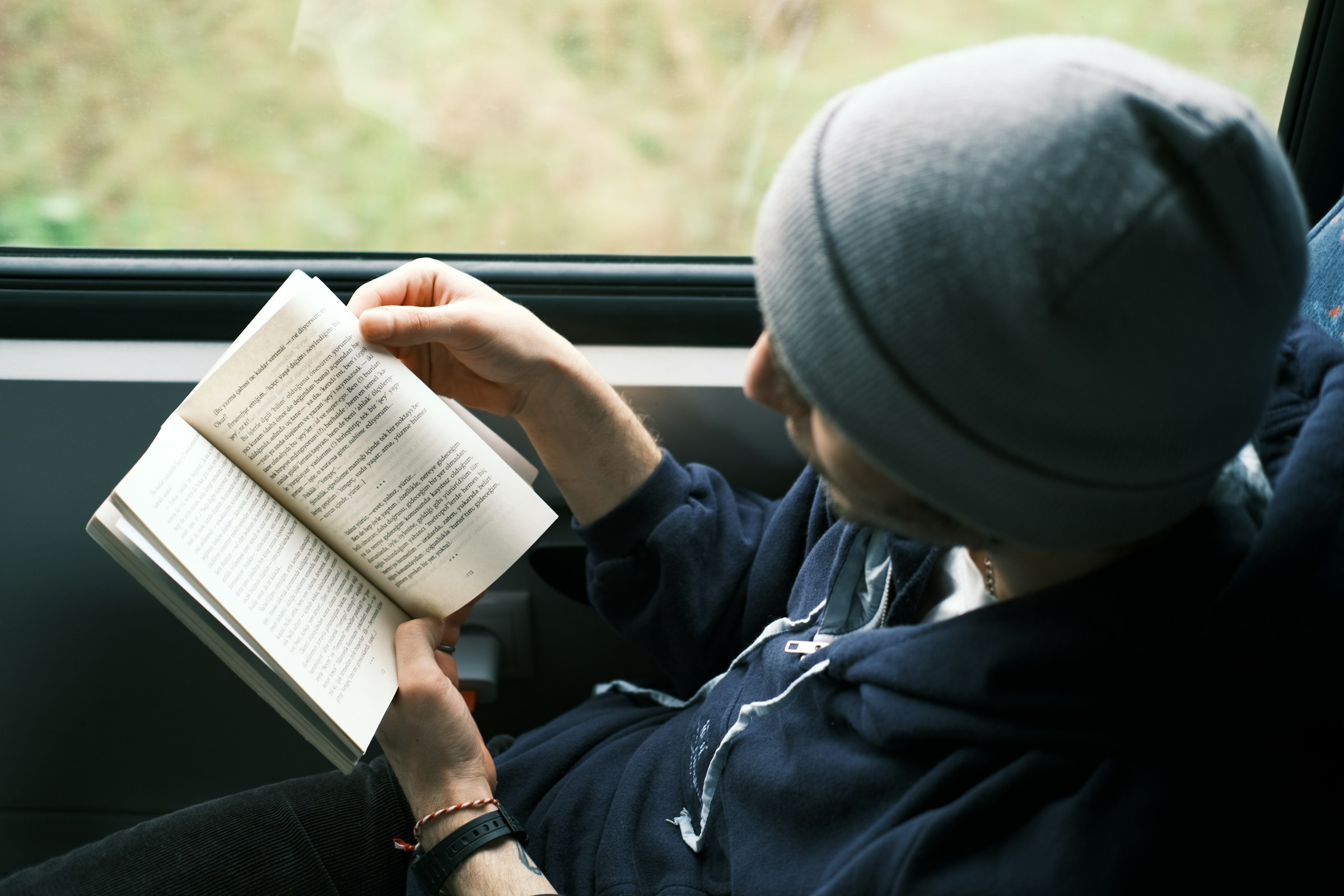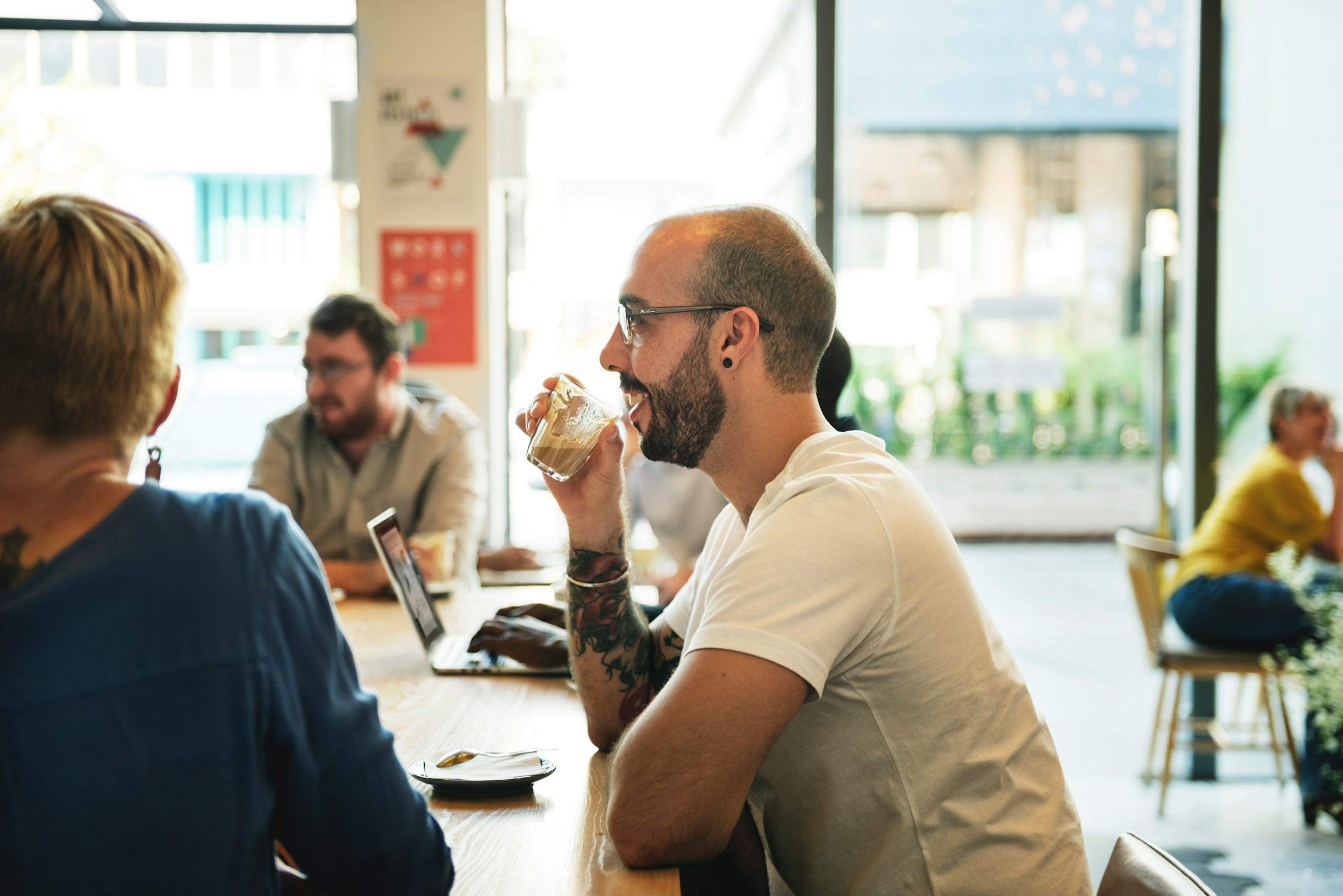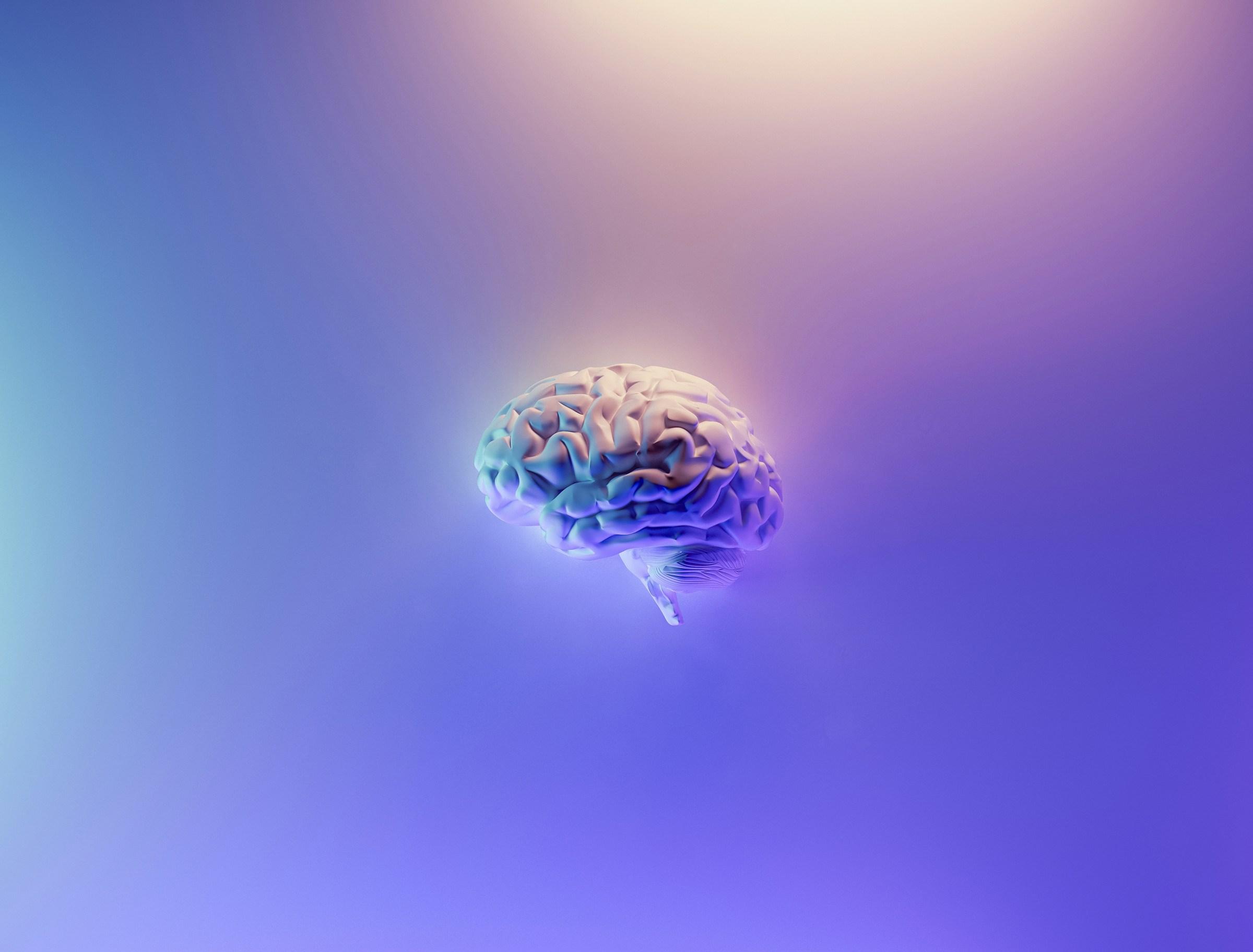A common fear among adults is that reading comprehension peaks in school and slowly fades with the demands of work and life. The truth is kinder. Understanding grows wherever care and repetition live, and adults are uniquely skilled at building rituals that invite understanding to settle in. You can improve how you read by shaping your environment, your body, and your rhythm of attention into a steady practice that meets the page with patience. This is not a story about grinding or chasing study hacks. It is a story about arranging your days so that ideas feel welcome, and then returning to them long enough for meaning to unfold.
Begin with place. The human mind listens to its surroundings, often without noticing. A chair that fits your body, a small table that is cleared before you arrive, and a lamp that casts warm light across the page create an immediate sense of welcome. A glass of water within reach lowers the number of decisions your attention needs to make. You are not decorating for show. You are removing tiny frictions that pull you out of the paragraph before a thought has time to ripen. When the environment says stay, comprehension stops bracing itself and begins to relax. Adults often believe they have weak discipline when in fact they have noisy rooms. A softer room strengthens attention more reliably than another burst of willpower.
Then consider the quiet choreography of your body. Posture is not an aesthetic contest, it is a tempo you set for your thoughts. If your shoulders collapse, the sentences blur. If you perch on the edge of the seat and hold your breath, ideas feel brittle. Anchor your feet, let your spine rise without stiffness, and keep the page at a height that does not ask your neck to plead for relief. Small cushions under your elbows can turn fidgeting into stillness. This is how the body tells the mind there is time. When your body settles into a gentle tempo, your attention gains the courage to follow a thread across a whole page instead of grabbing at fragments.
With place and posture prepared, turn to rhythm. Reading that leads to comprehension has a beginning, a middle, and an end, not only in the text but in the way you move through it. A graceful beginning starts with a preview. Before you dive into the first line, let your eyes wander across the title, the subheads, and any cues the writer left for you. Ask yourself one soft question the piece might answer. It can be as simple as why this argument matters to the writer or how this example will clarify the point. A preview is a map drawn in pencil. It gives your brain a reason to care before the climb begins, and caring is the first doorway to memory.
The middle of the rhythm is an active read. You do not need to annotate like a professor, and you do not need to perform for a future audience. Give your hand a small job so the mind does not slip away. Circle verbs that drive the argument, place a dot beside lines that ring true, or write a single word in the margin that names the feeling of a paragraph. If you read on a device, choose a highlight color code that actually means something to you, perhaps one color for claims, one for evidence, and one for images or metaphors that anchor meaning. These tiny marks are not trophies. They are tethers, each one tying your attention to the living shape of the text.
The end of the rhythm is a gentle close. After the last line, pause long enough to let an aftertaste form. Write two sentences in a small notebook that lives beside your reading chair. Begin the first with I noticed, then write the detail that refuses to leave. Begin the second with I am now curious about, then name the question that the piece woke up in you. You do not owe yourself a summary. You owe yourself the act of selecting what matters. Selection is the gate through which understanding becomes memory.
Many adults read while carrying the day on their backs. Meetings, messages, logistics, and worries crowd the inner room and steal the oxygen from a page. A simple breathing cue before you begin gives that room fresh air. Four slow breaths in and out, with a little more length on the way out, can turn a jangled mind into a generous one. You do not need a mantra or a special app. You need proof that there is enough time to linger. A calmer nervous system frees comprehension to find its pace.
Speed is often misunderstood. Moving faster through words does not guarantee that meaning keeps up. The wiser goal is to discover the pace that each kind of text invites. A story may move like a walk, an analysis may move like slow cooking. When a paragraph resists you, step back and name its purpose in one plain phrase, then step forward again. Once you can see what a section is trying to do, the sentences inside it find their places. Comprehension is the recognition of shape before it is the accumulation of detail, and shape reveals itself to readers who are patient enough to look from a small distance and then return.
Tools can help, but only when they serve the reading and not the other way around. If you love the scent of paper and the softness of a margin, let that love guide the practice. If you prefer a tablet with reliable annotation and a clutter free home screen, trust the convenience that keeps you coming back tomorrow. Choose one place where your highlights live, not four. Create a handful of tags you will actually use, not a library that looks impressive and then fades from memory. Once a week, give yourself a reunion with your notes. Do not try to squeeze them for insights. Re read one paragraph in context and notice what changes when you return. The point is not to harvest. The point is to keep the conversation alive.
Distraction will visit, because life is not a monastery. Design for it with kindness. Keep a small tray next to your chair. When a thought pops up that threatens to carry you away, write it on a card and set it on the tray. A bill to pay, a message to send, a recipe to look up. The tray promises you will not forget. That promise frees your attention to stay with the next sentence. You are not ignoring your responsibilities. You are building trust with yourself that each thing will be met in its proper hour.
Cues help more than force. A cup of tea that begins the session, a scent that signals focus, or a playlist without lyrics can teach your nervous system to associate these sensory moments with reading time. Over days and weeks, the cues become a path. You walk the same stones and they remember your steps. Routine is not a cage. It is a lane that lets your attention travel without constant negotiation.
Time of day matters. Morning may be bright but fragile, evening may be grounded but tired. Notice when you feel most receptive to shape, not just words. Allocate your best reading to that window. Ten focused minutes in your best window will outpace an hour stretched across the wrong one. Adult life respects calendars. Let your calendar respect your mind by giving it a window where it can do its quiet work without fighting uphill.
Conversation deepens comprehension, even if the only voice you hear is your own. Explain an idea out loud as if you were leaving a message for a friend. Hearing your words surface forces vague impressions to take form. If you prefer writing, address a brief note to your future self and tuck it into the book. Name one idea worth revisiting and where it lives on the page. Months later, the note will welcome you back through a familiar door.
Variety keeps attention supple. If you read for work, pair the dutiful with the delightful. A policy brief beside a short story, a technical manual beside a gentle essay on craft or nature. Logic travels across genres, and so does metaphor. When you allow the mind to practice different kinds of movement, it avoids stiffening into a single stride. A flexible attention draws more nourishment from every page.
There will be seasons when reading feels heavy. Work swells, family needs intensify, or your energy thins for reasons you cannot name. In those seasons, shrink the ritual rather than abandoning it. One page on the balcony, two paragraphs on the train, a single poem while the kettle sings. Small containers keep the flame lit. When life expands again, you will not be rebuilding from cold ashes. You will be returning to embers that still remember your touch.
If your reading supports a long project, keep a simple index you maintain by hand. Note the title, the author, three words that label the central idea, one line that explains why it matters to you now, and a page number you may want later. Add to the index only after the session ends, never in the middle. This small map does not claim to capture every idea. It places each text among your other texts, which is a polite way of saying it helps your mind see how new knowledge joins the community of what you already know. Placement is the quiet engine of memory, and memory is comprehension’s older sister.
All of this may sound gentle because it is. Adults have been taught to equate improvement with strain, yet comprehension flourishes in steadiness more than in struggle. The space you prepare ahead of time, the breath that says there is time, the small repeated acts of previewing, marking, and closing, the cues that greet you at the start, the trust in a tray that holds your interruptions, the weekly reunion with notes, the willingness to adjust pace according to the genre, the choice to shrink rather than abandon when life is full, each of these is a kindness that invites meaning to stay.
You asked whether an adult can improve reading comprehension. The answer is yes, not because you must become a different person, but because you can design your days to treat attention as a guest worth hosting well. Prepare a corner you love. Choose a time your mind can keep. Breathe once to signal that there is room. Preview the landscape of the piece. Read with a small mark that anchors you to the page. Close with two honest sentences about what you noticed and what you now wonder. Return tomorrow. Improvement will not arrive with a fanfare. It will reveal itself quietly, in the moment a paragraph opens like a room you can step into, walk around, and leave with something that still glows in your pocket.









.jpg&w=3840&q=75)




